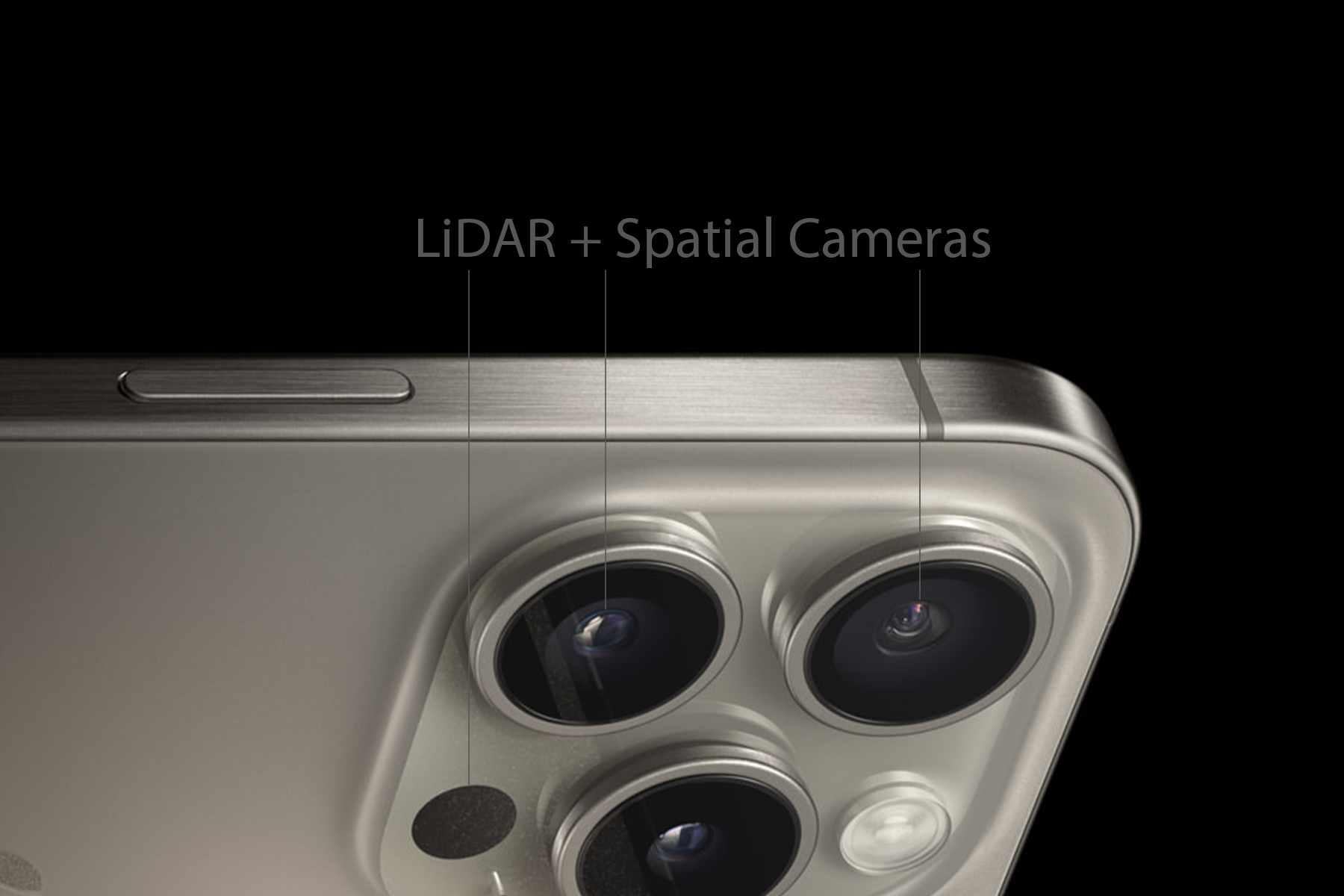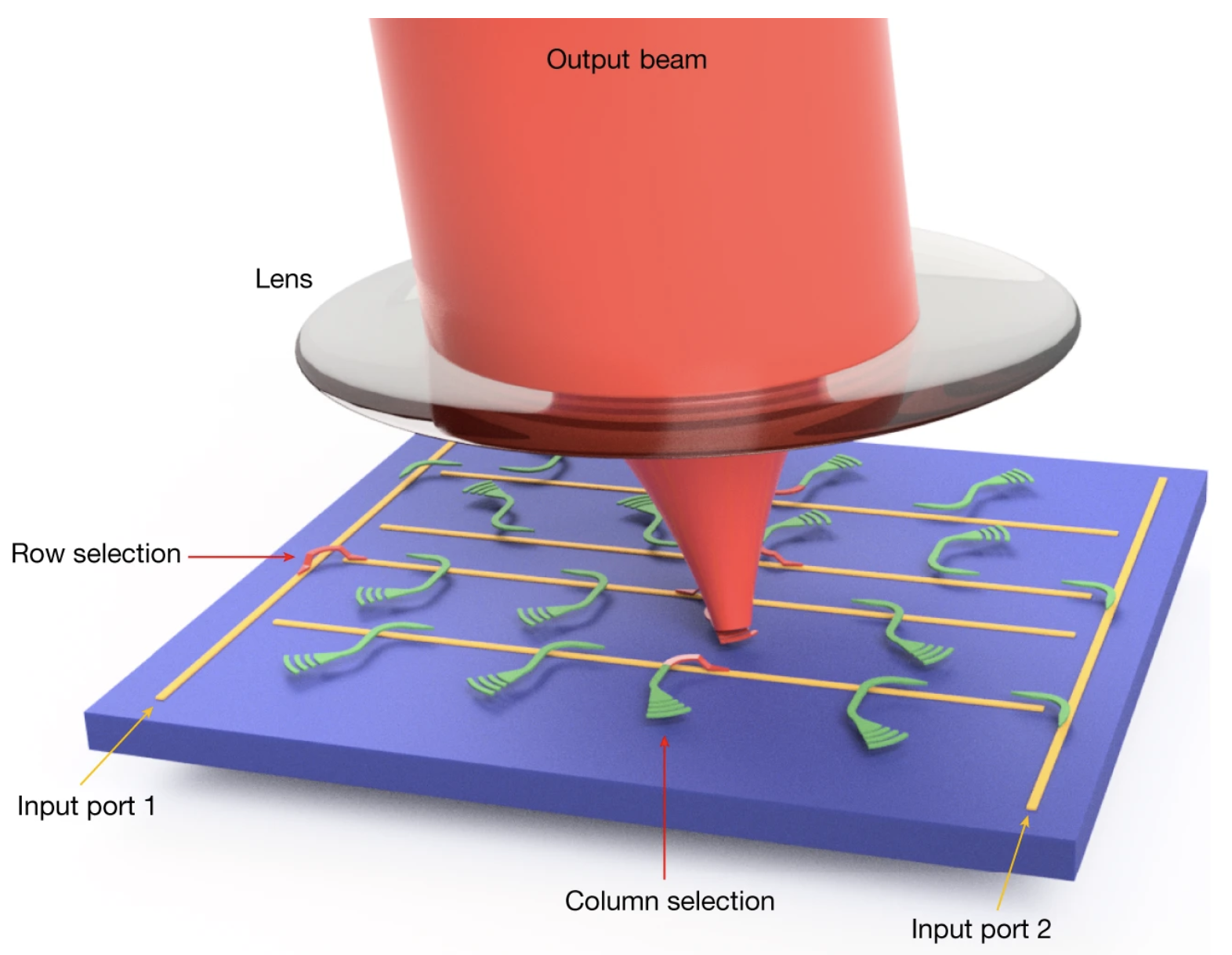
UC Berkeley researchers enhance MEMS-based LiDAR
A new compact and high-resolution laser detection design created by researchers at UC Berkeley and published in Nature, has the potential to reduce the cost and size of LiDAR technology.
“Normal cameras involve a 2D sensor sensing an image independent of distance and compressed on a plane,” Wu said. “For many applications, from self-driving cars to robotics to drone navigation, it’s important to have that 3D landscape to avoid obstacles and plan their path.”
The study's co-first authors, Xiaosheng Zhang and Kyungmok Kwon, stressed the need of shrinking the size of LiDAR while retaining its performance.
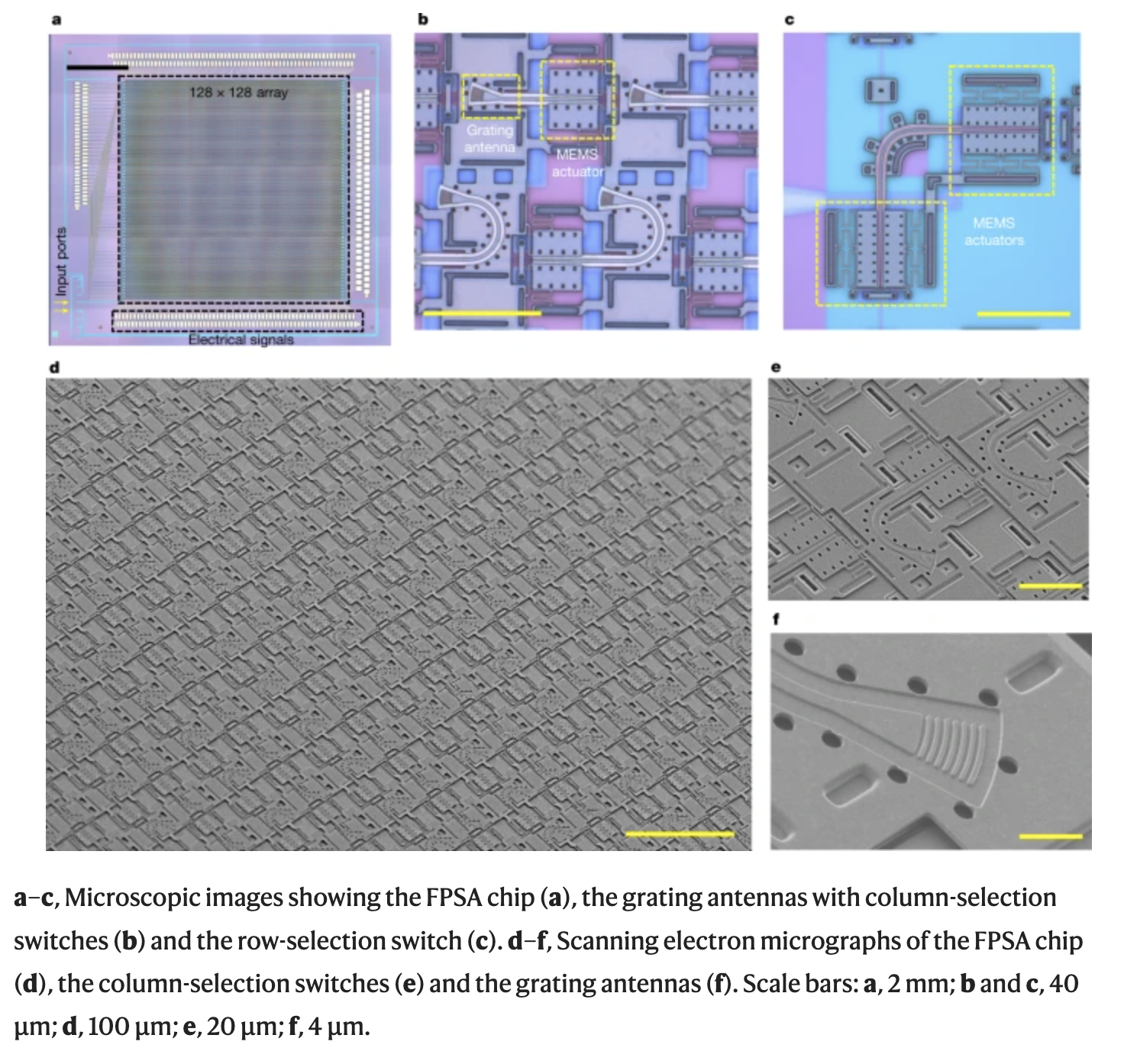
According to Zhang and Kwon, one of the most difficult aspects of this undertaking is creating an integrated beam scanner that "steers" the output laser light in multiple directions to scan throughout the area. The spinning item on the roof of self-driving automobiles is the LiDAR beam scanner.
Instead of more usual thermo-optic switches, the group's approach employs small microelectromechanical system, or MEMS, switches. According to Zhang and Kwon's email, MEMS switches physically move the waveguide, a tube that channels electromagnetic waves, up and down to route light to each pixel.
This reduces the pixel size from several hundred micrometers to 50 micrometers, according to Wu. The researchers were thus able to increase the number of pixels on a one-centimeter-squared semiconductor from 512 to 16,384 while using much less power.
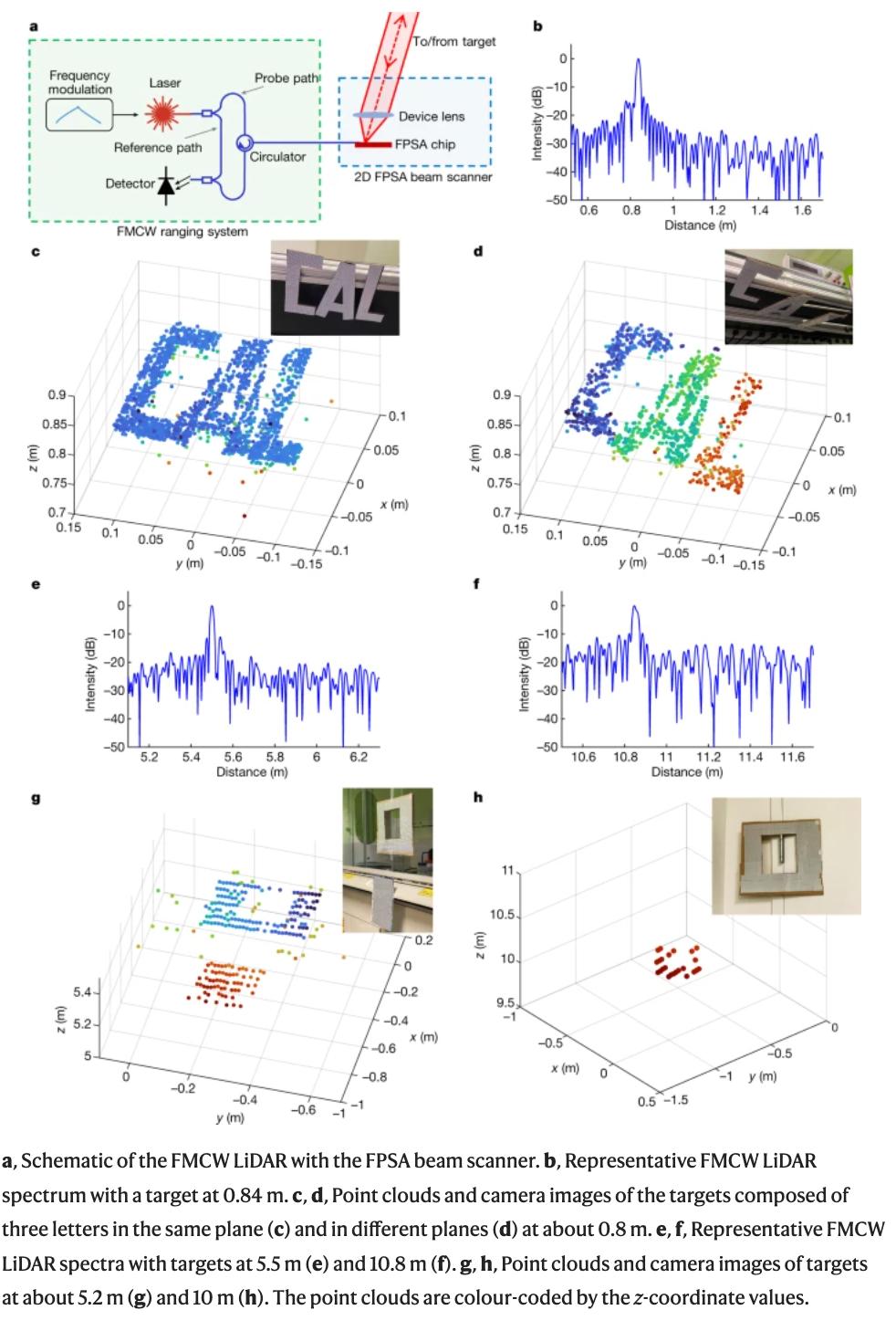
“Using similar silicon technology, we are on the path of scaling the technology and can reach even higher resolutions in the future.”, Wu said.
Don't miss any news
Join the free newsletter to receive the latest updates in your inbox.
According to Wu, LiDAR is only one of several systems used to identify objects, particularly in self-driving vehicles, thus the sensors must operate well together.
For example, if a standalone sensor cannot tell the difference between a vehicle and the blue sky, LiDAR may give important information when properly integrated.
“Making critical components more accessible and cheaper will enable it to become ubiquitous,” Wu said. “Digital cameras used to be very expensive … but very high-performance cameras are now very cheap to the point that people will not hesitate to add a camera anywhere they need it.”
Zhang and Kwon saw self-driving vehicles being tested in San Francisco on a regular basis, several of which used LiDAR. They want to improve self-driving vehicles and LiDAR's many other uses by enhancing this technology.
The next challenge for Wu's team is getting this technology from the lab to the market, which entails figuring out how to make the gadget replicable in big numbers.
Article Abstract
Three-dimensional (3D) imaging sensors allow machines to perceive, map and interact with the surrounding world1.
The size of light detection and ranging (LiDAR) devices is often limited by mechanical scanners. Focal plane array-based 3D sensors are promising candidates for solid-state LiDARs because they allow electronic scanning without mechanical moving parts. However, their resolutions have been limited to 512 pixels or smaller2.
In this paper, we report on a 16,384-pixel LiDAR with a wide field of view (FoV, 70° × 70°), a fine addressing resolution (0.6° × 0.6°), a narrow beam divergence (0.050° × 0.049°) and a random-access beam addressing with sub-MHz operation speed. The 128 × 128-element focal plane switch array (FPSA) of grating antennas and microelectromechanical systems (MEMS)-actuated optical switches are monolithically integrated on a 10 × 11-mm2 silicon photonic chip, where a 128 × 96 subarray is wire bonded and tested in experiments.
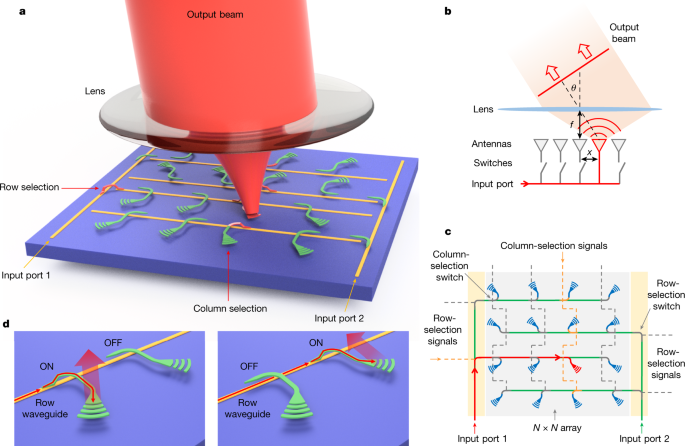
LiDAR INSIGHTER Newsletter
Join the newsletter to receive the latest updates in your inbox.


